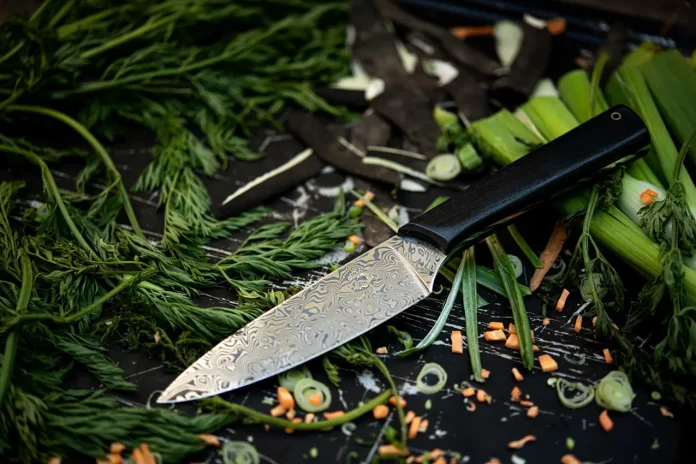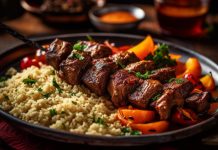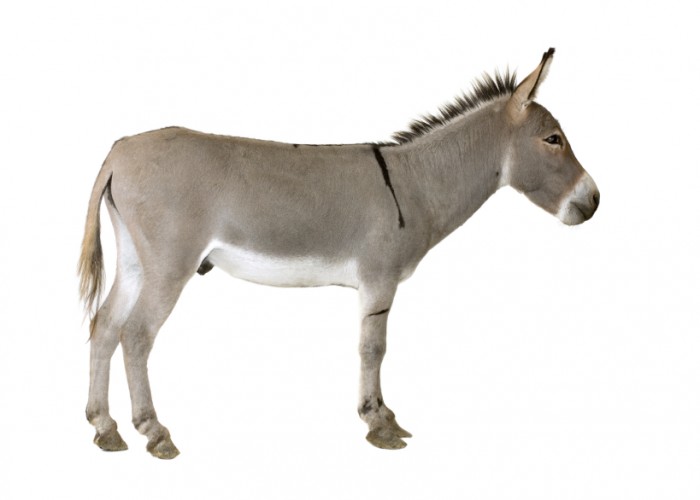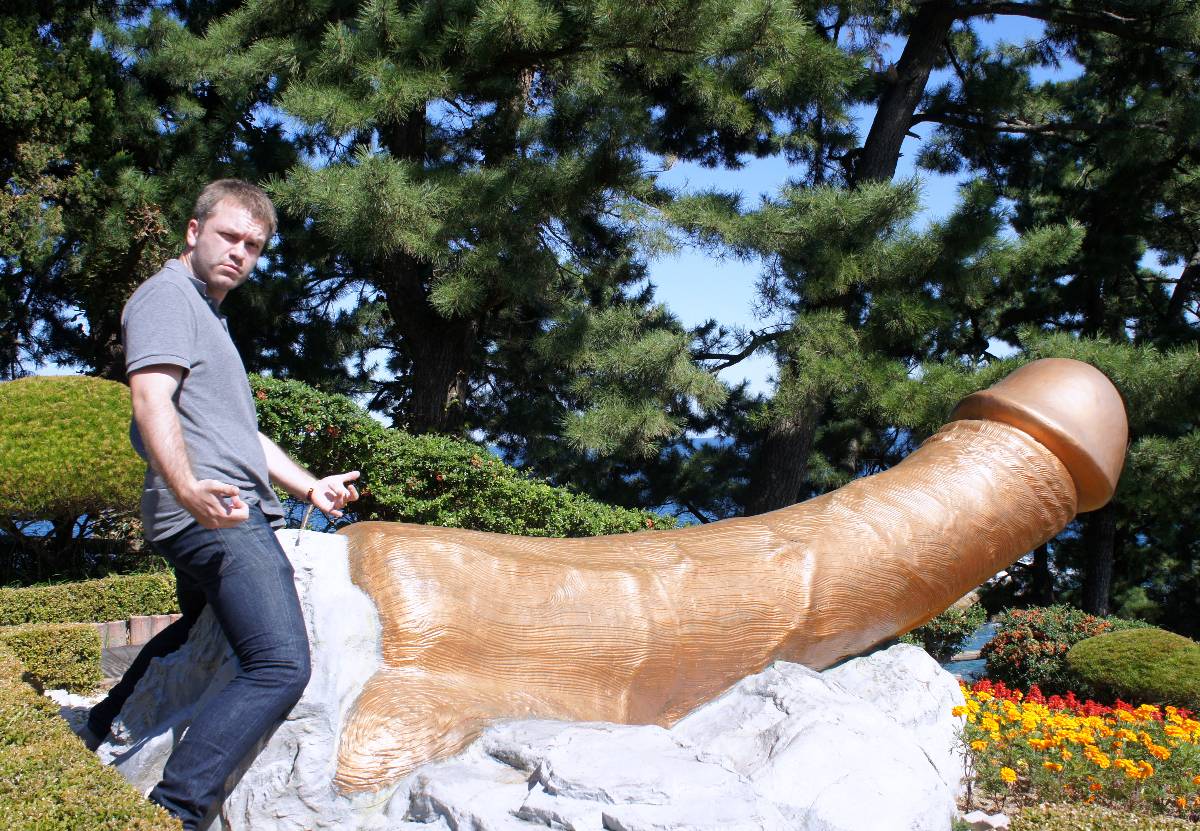Damascus knives are not just cutting tools; they are a statement of artistry and craftsmanship. With their distinctive wavy patterns and reputation for sharpness and durability, these knives have a unique appeal that captivates chefs and collectors alike. Originally, the technique used to make these knives involved forging steel and iron together, which created the characteristic patterns known as “Damascus steel.” Beyond their visual allure, Damascus knives are prized for their ability to maintain a sharp edge, making them a favorite among culinary and cutlery enthusiasts. Their versatility and efficiency have made them a coveted item in many kitchens and collections.
The quest to find the perfect Damascus knife is a personal experience, as the right knife should not only suit your aesthetic preferences but also meet your practical needs in the kitchen or in your collection. It’s important to understand the various types of Damascus knives, the different patterns, and the quality of the steel used in crafting each piece. This guide explores Damascus knives in more detail, including their rich history and the diverse range of styles, and the key factors to consider when selecting one of these knives.
Table of Contents
Damascus Steel – The Heart of the Blade
Damascus steel holds a high status in the world of metallurgy and bladesmithing, known for its distinctive patterns resembling flowing water and its historical use in creating weapons of exceptionally sharp, resilient quality. This ancient steel, originally developed in the Near East, centuries ago, captured the attention of the world for its strength, flexibility, and the ability to retain a keen edge. The process of making this steel was long considered a lost craft until modern metallurgists decoded some of its mysteries, allowing for a resurgence in its production.
The standout characteristic of a Damascus blade is undeniably its wavy pattern, a result of layering hard and soft steel during the forging process known as pattern welding. This technique is more than just aesthetic; it contributes significantly to the blade’s performance. By combining layers of steel with varying properties, the final product weds sharpness with shatter-resistance, a combination that renders a Damascus blade a superior tool that is as functional as it is beautiful. This harmonious balance of form and function cements the timeless appeal of Damascus steel, maintaining its esteemed place at the heart of the blade.
Blade Shapes and Sizes – Finding the Right Match for Your Tasks
When selecting a Damascus knife, it’s important to consider the diverse array of blade shapes and sizes available and how they align with your intended usage. Each design presents a unique set of advantages and drawbacks, making some knives more suited to particular tasks than others. For instance, a chef’s knife, with its broad and curved blade, is perfect for rocking cuts and is the go-to tool for many kitchen tasks. In contrast, a paring knife, small and precise, excels in peeling and trimming.
Specialized knives, like the narrow and pointed filet knife, are designed for delicate work like deboning fish. The key to choosing is assessing how a knife’s features align with your cutting needs. A larger blade may offer swift, broad cuts but can be unwieldy for work; where, a smaller blade grants control but might not be efficient for volume chopping. By understanding the relationship between a blade’s shape and its consequent function, you can select the ideal Damascus knife that provides both effectiveness and consistency in your culinary endeavors.
Handle Design and Materials – Ensuring Comfort and Control
When it comes to the performance of a Damascus knife, the design and materials of the handle are as important as the blade itself. Proper handle ergonomics ensure that the knife feels like a natural extension of your hand, offering maximum control and reducing the chances of fatigue during extended use. Common materials used in crafting handles for these knives range from various woods renowned for their durability and natural beauty to modern composites and synthetics, which offer resilience and a wide range of textures for added grip.
Metals such as brass and stainless steel are sometimes incorporated for added heft and balance. When selecting a Damascus knife, it’s imperative to consider how the handle fits in your hand. Look for a handle that is not only aesthetically pleasing but also provides a comfortable grip and a balanced weight distribution, as this will contribute greatly to the precision and enjoyment of your cutting experience.
Craftsmanship and Quality – Discerning the Best
When it comes to selecting the finest Damascus knife, impeccable craftsmanship and quality are wildly important. High-quality Damascus knives showcase well-defined patterns on the blade, evidence of skilled layering of steel that also contributes to the knife’s strength and sharpness. Additionally, the blade should seamlessly transition into the handle, which should be securely attached without any gaps or misalignments that could compromise the knife’s structural integrity.
Signs of poor construction include uneven patterns, a loose or wobbly handle, and visible defects like cracks, which could affect the knife’s durability and performance. What’s more, the reputation of the brand and the skill of the artisan play a role in the overall quality of the knife. Renowned craftsmen and respected brands typically maintain a high standard of quality, ensuring that each knife meets stringent performance expectations. When assessing a Damascus knife, it is important to conduct a thorough evaluation of both the attributes of the knife and the reputation of those who forged it.
Maintenance and Care – Keeping Your Damascus Knife in Pristine Condition
Caring for your Damascus knife is necessary to ensure its longevity and functionality. To keep it in top shape, always clean the knife after use, gently wiping the blade with a soft cloth and mild soap before drying it; moisture can be a formidable enemy to the Damascus blade. Store your knife in a dry place, ideally in a knife block or sheath, to protect its edge and prevent accidental nicks. Sharpening your Damascus knife requires a delicate touch, often best left to professionals or executed with a high-quality sharpening stone following the blade’s unique curvature.
Regular honing with a leather strop can help maintain the keenness of the blade between more intensive sharpening sessions. Lastly, the beautiful patterns of a Damascus knife are one of its most alluring features. To protect these, avoid abrasive materials during cleaning and use, and consider applying a light coat of oil to the blade to preserve the steel and emphasize the designs. Proper maintenance not only preserves your knife’s functionality but also its artistry for years to come.
Price vs. Value – Making a Smart Investment
When getting started with Damascus knives, it’s important to discern the fine line between price and value to make a smart investment. The price range for these quality knives can vary widely, and it’s not always necessary to splurge on the most expensive option to acquire a reliable tool. Quality Damascus steel knives combine both beauty and functionality, but finding the best value for your investment means striking a balance between your budget and the quality you seek. It’s about assessing the knife’s craftsmanship, durability, and performance.
There are moments when investing in a premium knife can be justified, especially if the knife will see frequent use in professional or specialty scenarios that demand the finest edge retention and aesthetic appeal. More affordable options can suffice for everyday tasks, providing decent performance without breaking the bank. Ultimately, being an informed buyer who understands the knives’ features and materials will guide you in choosing a Damascus knife that offers the best return on investment, both in terms of functionality and satisfaction.
Choosing the right Damascus knife is about finding a blend of art and function. Consider its unique pattern, superior edge retention from high carbon content, and durability. A Damascus knife is not just a tool, but a long-term culinary partner, offering unmatched sharpness and resilience. It’s an investment in a personalized kitchen aid that will elevate your cooking and last a lifetime, enhancing every slice and chop with its exceptional quality.








